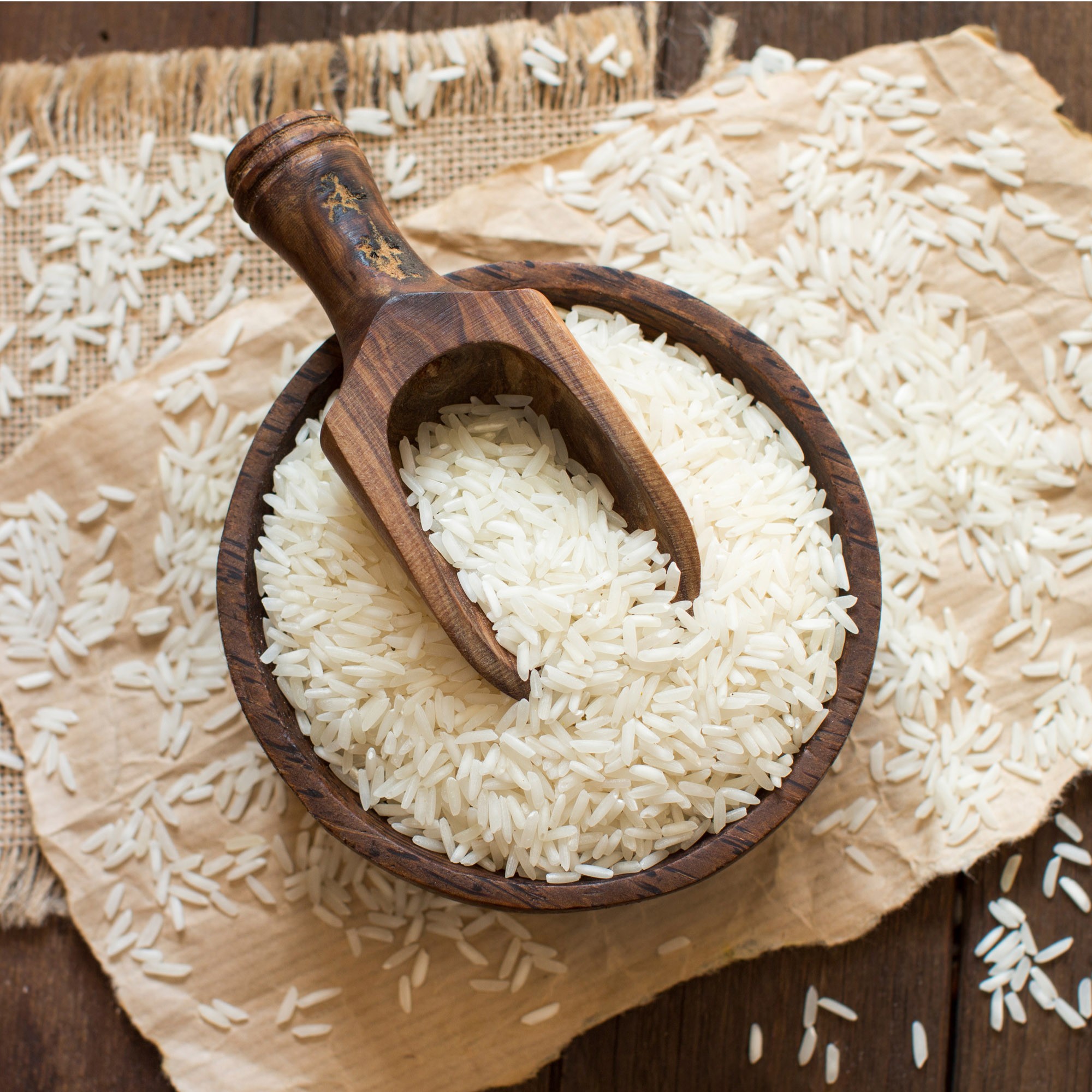The resumption of rice imports by Iran could give a fillip to India’s basmati shipments that have risen by about a fourth in rupee terms in the first eight months of the current fiscal year (started March 21, 2017), the Indian newspaper Hindu Business Line reported.
Iran is the largest buyer of India’s basmati and accounts for a fourth of India’s annual aromatic rice shipments of around four million tons.
The country restarted rice import registration this year from Jan. 21 till June 21. The permission was communicated by Agriculture Minister Mahmoud Hojjati in a letter to Minister of Industries, Mining and Trade Mohammad Shariatmadari.
According to the letter, the order registrations will be valid for a three-month period and are extendable by a further one month.
Hojjati noted that any rice shipments as per the new orders need to be cleared through Iranian customs by July 22, after which all imports will be banned.
Every year and during the rice harvest season (July-January), the Iranian government bans rice imports in support of local farmers and domestic production.
“Based on the current export trend, we expect basmati shipments to be higher than last year,” said DK Singh, chairman of India’s Agricultural and Processed Food Products Export Development Authority.
Basmati is the second largest product in Apeda’s export portfolio after buffalo meat and accounts for over 22% of the total shipment value.
In the April-November period of this fiscal year, basmati exports grew 29% to $2.61 billion from $2.02 billion in the corresponding period of last year.
In rupee terms, basmati exports grew 24% to Rs.16,838 crore (1 crore=10 million) during the April-November period from Rs.13,571 crore in the corresponding year-ago period. In 2016-17, India’s basmati exports stood at 3.98 million tons valued at over $3.22 billion.
However, Indian rice exporters are cautiously optimistic over the shipment prospects with Iran, considering the fact that they have been facing issues related to traces of fungicide in exports to the European Union, another major market.
“We expect basmati shipments this year to be the same as last year or even higher,” said Rajen Sundaresan, executive director of All-India Rice Exporters Association.
Sticking Points
“While Iran has reopened its market, it has stopped extending concessional foreign exchange (set at lower rates compared to market prices) to its rice importers,” said Vijay Setia, president of AIREA.
The move is aimed at discouraging more rice imports into the West Asian country.
Furthermore, Iran has also been raising objections to the digital phyto-sanitary certificates issued by Indian authorities. The issues have been taken up with India’s Agriculture Ministry and are likely to be resolved soon, sources said.
Iranians consume 3.2 million tons of rice a year while domestic production stands at 2.2 million tons.
“We need imports, but imports that are limited and controlled,” Hojjati has been quoted as saying.
More than 1.05 million tons of semi- and wholly-milled rice worth close to $996 million were imported into Iran during the first half of the current Iranian year (March 21-Sept. 22), registering an 84.4% and 108.4% surge in weight and value respectively compared with the corresponding period of last year.
Rice imports accounted for 6% and 4.2% of the volume and value of Iran’s overall imports respectively during the six-month period.
Imports are made mainly from the UAE, India, Pakistan, Thailand, Turkey and Iraq.
The two northern provinces of Gilan and Mazandaran are home to a majority of Iran’s paddy fields.
A total of 81% and 70% of rice harvest in the two provinces respectively were mechanized in the last Iranian year.


